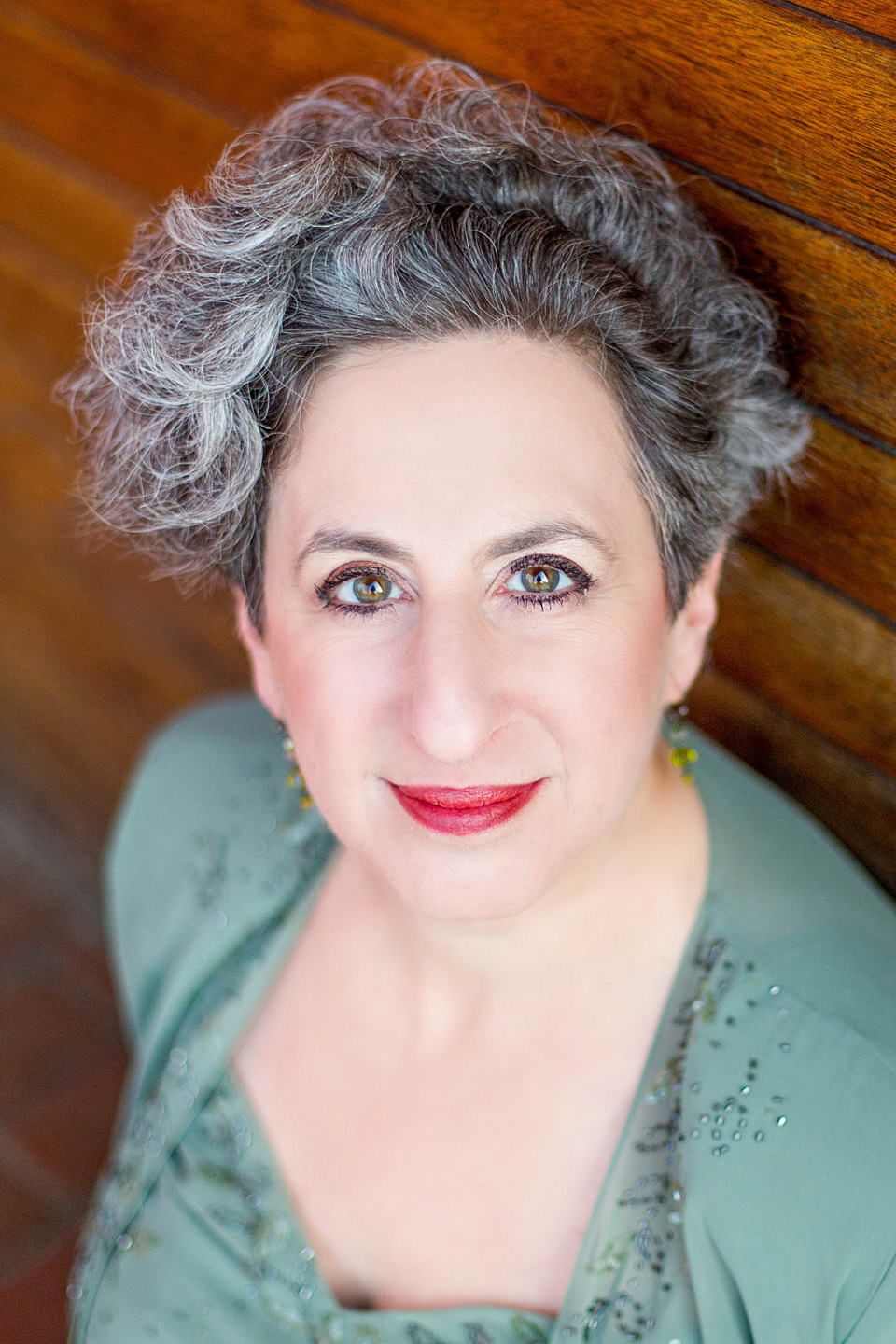Pamela Dellal, mezzo soprano
uncommon intelligence, imagination and textual
awareness... |
 |
|---|
- Home
- Resume
- Concerts
- Reviews
- Discography
- Audio Links
- Repertoire
- Teaching
- Photos
- Endicott Players
- Favella Lyrica
- Translations, Essays, and Original Works
Program notes – Art Songs for a Winter Afternoon
performed January 2010
Henry Purcell still, after 350 years, maintains his right to the title “The British Orpheus” first bestowed upon him during his lifetime. Standing at a crossroads in the development of English music, his songs display elements from various traditions that he inherited and synthesized: the tuneful, dance-like melody (“I Attempt from Love’s Sickness”), the sinuous harmonic explorations over a ground bass (“Music for a While”), and the new import from Italy, the free, dramatic recitative (“Sweeter than Roses”). “I Loved Fair Celia” is a hybrid of the dance form and the more Italianate virtuoso aria. The vast majority of his vocal music was written as incidental music to theatrical works, although they transcend their contexts and hold their own as great lyrical pieces.
Fanny Mendelssohn-Hensel, older sister of her famous brother Felix, received a similar musical education and was showcased along with her brother as a child. However, as she reached maturity the sensibilities of her merchant-class family did not permit her to pursue a career as a professional musician. Her happy marriage to Wilhelm Hensel gave her opportunities to compose in the more ‘feminine’ genres of piano music, chamber music, and songs, and her brother valued her work and her musical opinion throughout their lives. Fanny’s work is now becoming appreciated for its deep sophistication and Romantic daring; in many ways her songs are more ambitious than Felix’s Lieder, and stand up well in comparison to contemporary works of Schumann and Brahms. In the present four songs we hear poems familiar in settings by Schumann, Schubert, and Brahms; in each case Fanny’s setting engages the poetry in a personal and unique way.
Gabriel Faurè was also a transitional figure who forged a synthesis of disparate musical elements throughout the course of his career. His earlier songs embodied the heart of French Romanticism; but by the time of his discovery of the poetry of Paul Verlaine, he had begun to open up his harmonic language towards the Impressionism of his younger countrymen Claude Debussy and Maurice Ravel. The special nature of Verlaine’s poetry is a large contributing factor in this transformation. Symbolist poetry seeks to evoke emotional states with elaborate images of impersonal elements – nature, other art forms, sounds – that substitute for the subject. In two of the present songs (“Mandoline,” “Clair de Lune”), the images come from well-known paintings by Watteau, depicting members of the nobility playing at being shepherds and shepherdesses. The coolness, irony and keen discernment of Verlaine’s description of these figures is undercut by the deeper reality and beauty of the natural forms – the branches, fountains, and above all, the moonlight – which is revealed in each case to be the dominant element in the landscape. In “Clair de Lune” two additional elements provide complexity: Faurè’s omnipresent, archaic minuet which opens the song as if it were a piano solo and continually competes for attention with the text; and the mysterious, but ultra-Symbolist opening to the poem, “Your soul is…” after which the subject is never mentioned again!
“En Sourdine,” also relying on images of nature to speak for the poet, is more personal. Here Verlaine creates a mood of pensive sadness through the quietness of the woods, rustling of the trees and grasses, and the singing of the nightingale. The poignancy of his yearning that his beloved share his sensibility is brilliantly captured by the composer’s restless harmonies. “À Clymène” continues the dreamy sensuality through a kaleidoscopic barcarolle. The poet, enraptured by his companion, speaks of her charms in terms that meld the senses together and confesses himself ‘entrained’ by the overwhelming power of their synthesis; but his final “so be it” still seems to isolate him within his emotions.
The final two pieces are, technically, not songs but arias. Written to be inserted into an opera by Antonio Soler, these two arias are most commonly performed as concert pieces with orchestra. The similarity of their texts implies that they might have been alternate options for the singer: Luise Villeneuve, the singer who created the role of Dorabella in Così fan tutte. Both arias demonstrate Mozart’s brilliancy in exploiting phrasing and harmony to draw out the most beautiful and expressive colors from the singer. In each case, doubt and confusion is transformed to optimism and joy through the power of love.
© Pamela Dellal